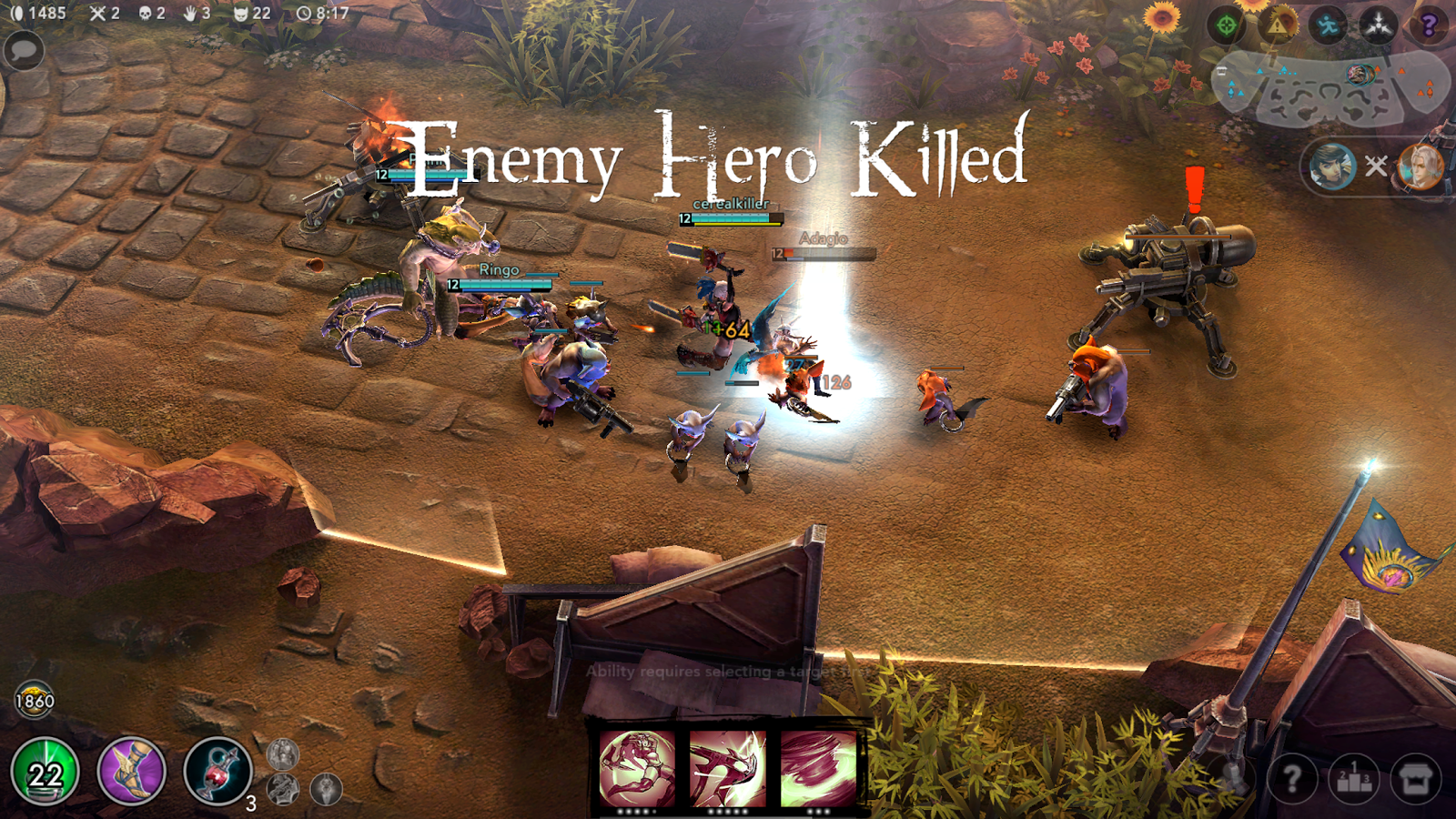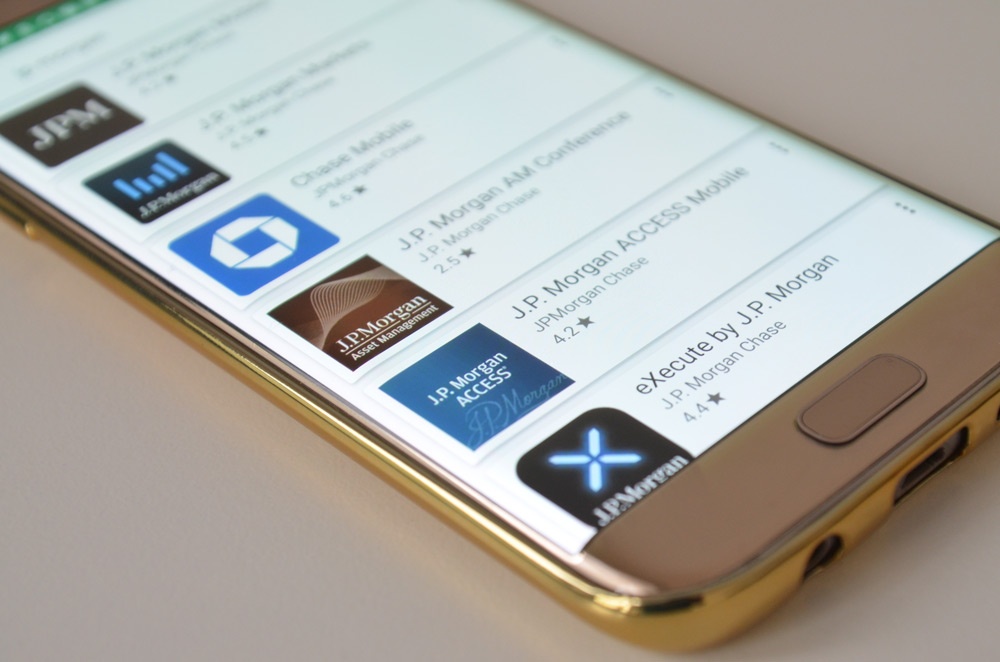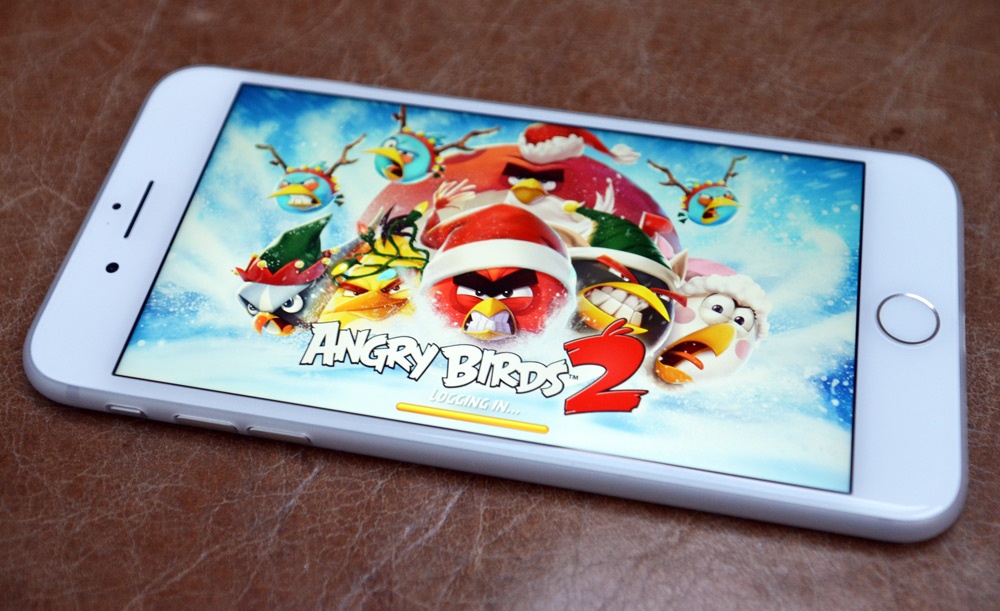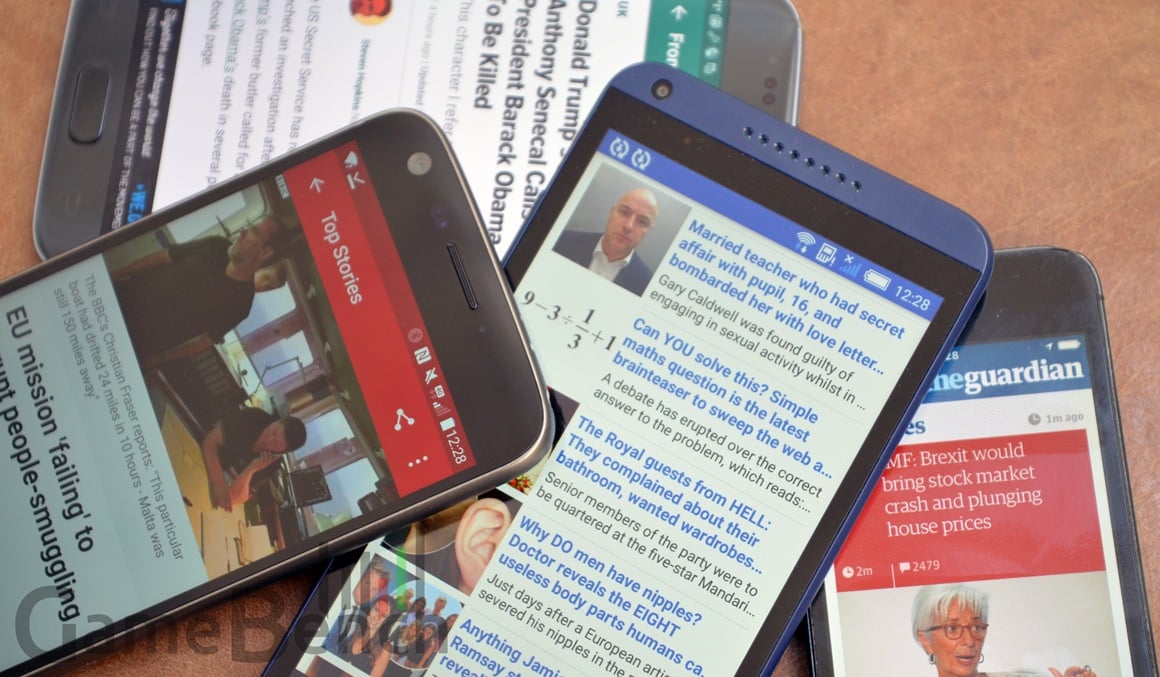Few could have predicted the huge surge in popularity of MOBA games on mobile platforms, culminating in Tencent’s Honor of Kings becoming the world’s top-grossing mobile game this summer (with an estimated monthly revenue of $150 million).
J.P. Morgan has no fewer than twenty different mobile apps for its customers and staff, all ultimately designed to streamline and safeguard the movement of money.
Each app inevitably comes with risks: for example, the bank has an iOS app for its traders that authorises transactions of up to £20 million based on a single biometric login. Solid mobile testing and QA are therefore critical.
Responsibility for this testing rests on shoulders of J.P. Morgan VP Lee Crossley, who will soon be speaking at open(London) 2017 — an intensive one-day event focused on the latest QA methods and tools for mobile apps, games and VR.
How did Angry Birds reach one billion users within three years of its launch, and two billion users just 18 months later? And how is Rovio’s skill in creating free-to-play mobile games still driving the company’s success today?
Most answers to these questions have something in common: recognition for the sheer feeling of quality that the Angry Birds games exude in everything from their touch-responsiveness to their physics simulation and in-game economics. But this poses an additional question: how does Rovio achieve such quality?
Mario has arrived fashionably late to the iPhone party and no one is holding it against him. Such is Nintendo’s reputation for quality that many gamers are actually expecting this week’s launch of Super Mario Run to set a new standard for mobile gaming.
We’ve been using GameBench to find out whether Super Mario Run delivers the objective hallmarks of quality: Does the game run at a perfect, console-like 60fps? Does it make efficient use of system resources and battery power? And does Mario manage to keep up with his Sega rival, Sonic, who has already had a long career in the “endless runner” genre on smartphones? Read on to find out...
- GameBench Staff
- 16. December 2016
-
performance, game, testing, frame rate, fps, gamebench, mobile, power, battery, nintendo
News reading apps are the quiet ninjas of the mobile world. On the face of it, they perform a simple, repetitive task: displaying the daily news. Whether it's the Huffington Post, the BBC, The Guardian or the Mail Online, they all go about this task in very similar ways.
Behind the scenes, however, the popularity of the leading news outlets is so great, and there’s so much pressure to engage and retain habitual readers (who are fussy and spoilt for choice), that news reading apps have become the focus of huge amounts of technical skill and resources, both in terms of software development and QA. The apps may be simple, but perfecting them isn’t.
- GameBench Staff
- 06. May 2016
-
ios, UX, testing, Mail Online, BBC News, Huffington Post, android, frame rate, fps, responsiveness, gamebench, Guardian





